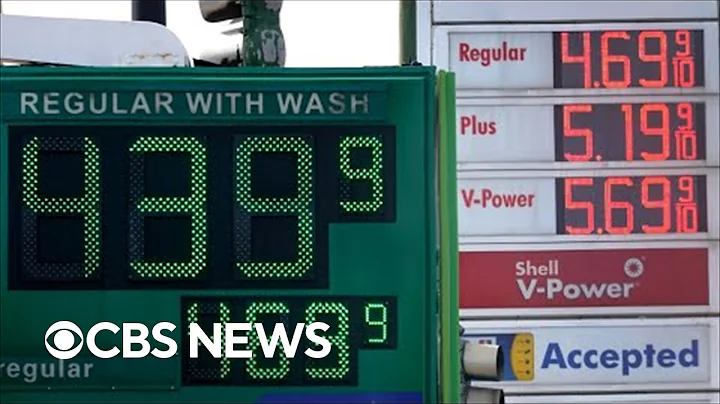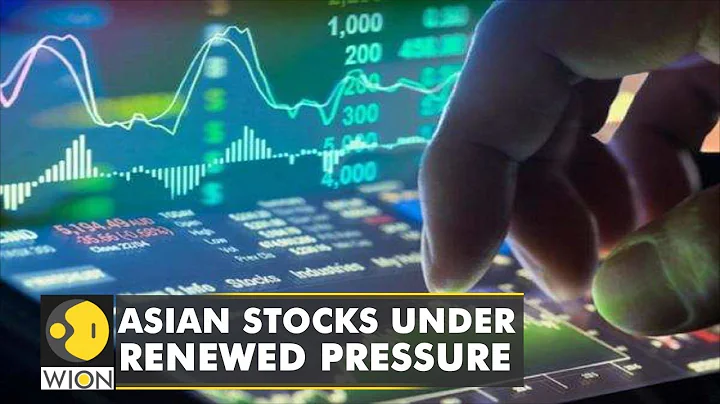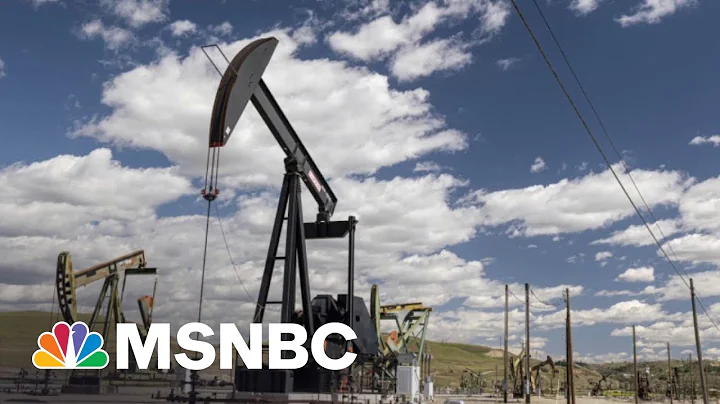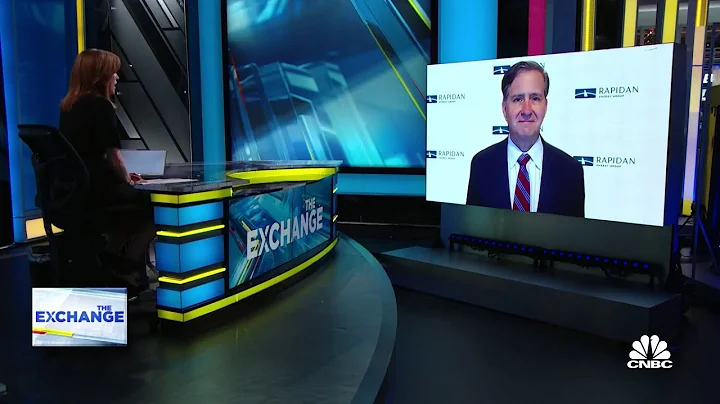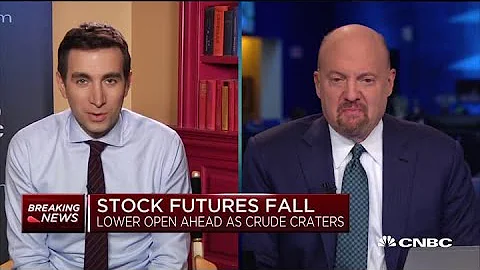* U.S. oil surged 12%, both hitting new highs in more than seven years
* Wheat, corn futures triggered daily limit
* IEA released 60 million barrels of strategic oil reserves
Investors continue to pay attention to the development of the situation in Russia and Ukraine, U.S. stocks The first trading day in March saw an overall decline. As of the close, the Dow fell 597.7 points, or 1.8%, to 33295.0 points; the S&P 500 index fell 67.7 points, or 1.6%, to close at 4306.3 points; the Nasdaq reported 13532.5 points , a decrease of 218.9 points or 1.6%.
Investment bank Stifel chief equity strategist Barry Bannister told foreign media during the session that risks are rising across the board, involving emerging markets, credit defaults, SWAPS, etc. "The interest rate spread on U.S. debt is widening, soaring oil prices are hurting consumption, and food prices are also rising... From the Baltics to Brazil, the supply chain is severely disrupted. The current situation is very bad and cannot be solved by Monetary Anesthesia. ." He had previously predicted that the S&P 500 index would fall from 4,800 points to 4,200 points. He believed that there is still room for a 7% decline in U.S. stocks before the end of March.
U.S. oil soared 12%, both hitting new highs in more than seven years
The International Energy Agency (IEA) announced on Tuesday local time that its 31 member countries agreed to release 60 million barrels of oil reserves from emergency reserves, to provide global energy markets Send a message that tensions between Russia and Ukraine will not trigger oil supply shortages.
Investors are worried that increased sanctions against Russia may hinder crude oil exports and aggravate the already imbalanced global oil supply. WTI Crude oil futures violently rose 11.5% during the session, approaching US$107/barrel, a new high since June 2014; Release Lrent crude oil futures once rose by nearly 10%, reaching a maximum of $107.57 per barrel, the highest since July 2014.

Benefiting from the surge in oil prices, energy stocks bucked the trend and rose, becoming the only sector to record gains. Chevron closed up 4.0%. The company's CEO said during the day that compared with other companies in the oil industry, Chevron's risks in Russia are relatively small; Exxon Mobil rose 1%, and Occidental Petroleum rose 7.0%.
Commodities skyrocketed overnight
Not only international oil prices, but also commodities experienced price increases. CME Group wheat futures once rose 5.4% to 984 cents per bushel, a new high since April 2008, and triggered the daily limit. According to JPMorgan Chase data, Russia is the world's largest wheat exporter, Ukraine wheat export volume ranks among the top four in the world. Bank of America data shows that Russia and Ukraine accounted for 17% and 12% of the global wheat trade of more than 200 million tons.
In addition to wheat, Ukraine is also the world's fourth largest corn exporter, following the three American countries, supplying 16% of global demand. CME Group corn futures also hit their growth limit on Tuesday, with the benchmark up 22% year-to-date. JPMorgan analyst Marko Kolanovic previously said that wheat and corn are the agricultural products most vulnerable to the escalation of tensions between Russia and Ukraine.
U.S. bond yields fell, with the ten-year U.S. bond yield falling below 1.7%. Financial stocks suffered setbacks, leading the decline. The broader market , the S&P 500 financial sector closed down 3.7%, American Express fell 8.5%, Bank of America and Wells Fargo fell 3.9% and 5.8% respectively. Ken Leon, director of equity research at the Center for Financial Research and Analysis (CFRA), said that while most U.S. banks have little direct exposure to Russian companies, it is unclear how sanctions targeting the Russian financial system will affect banks in Europe and even the United States. Industry.
In terms of economic data, the U.S. ISM manufacturing PMI rose to 58.6 in February, which was better than the expected value of 58.0 and the previous value of 57.6. Timothy Fiore, chairman of the investigative committee, said manufacturing activity increased in February, and the overall economy grew for the 21st consecutive month. However, the U.S. manufacturing industry is still in a demand-driven and supply chain-constrained environment. The Omicron virus still had an impact in February, but there are signs of relief and the economy is expected to recover in March.
Popular Chinese concept stocks rose, iQiyi soared 21.5%
individual stocks , Baidu closed up 6.8%, its 2021 financial report showed that last year’s full revenue was 124.5 billion yuan, a year-on-year increase of 16 %, core R&D expenses were 22.1 billion yuan, accounting for 23% of Baidu’s core revenue. Baidu's revenue in the fourth quarter of last year was 33.1 billion yuan, and non-GAAP net profit attributable to Baidu reached 4.1 billion yuan. Baidu Chief Financial Officer Luo Rong said: "In 2021, Baidu's core revenue will increase by 21% year-on-year, and non-advertising business revenue will increase by 71% year-on-year, which is very impressive. Looking forward, we will further strengthen organizational operation efficiency and execution capabilities to promote The business will grow healthily and sustainably in the long term. "
iQiyi disclosed better-than-expected financial results before the market opened, and it surged 21.5% throughout the day. As of the end of December last year, the company's total annual revenue reached 30.6 billion yuan, a year-on-year increase of 3%, of which revenue in the fourth quarter of last year was 7.4 billion yuan. Thanks to cost reduction and efficiency improvement measures, iQiyi significantly reduced its losses in the fourth quarter. Non-GAAP operating losses fell 45% year-on-year to 520 million yuan, a 52% month-on-month decrease. The full-year non-GAAP operating losses were 3 billion yuan. The loss rate narrowed to 10% from 15% in the same period last year. iQiyi CEO Gong Yu said that this year’s goal is to achieve full-year non-GAAP operating level break-even, and to achieve quarterly non-GAAP operating-level break-even as soon as possible.
